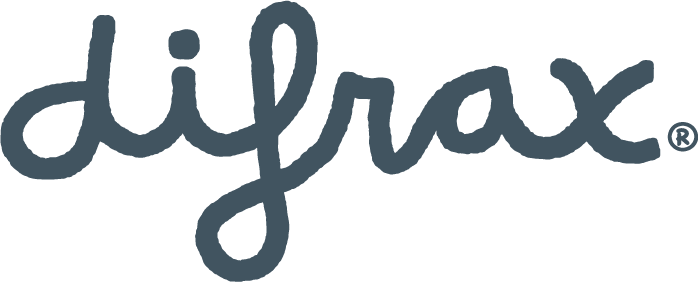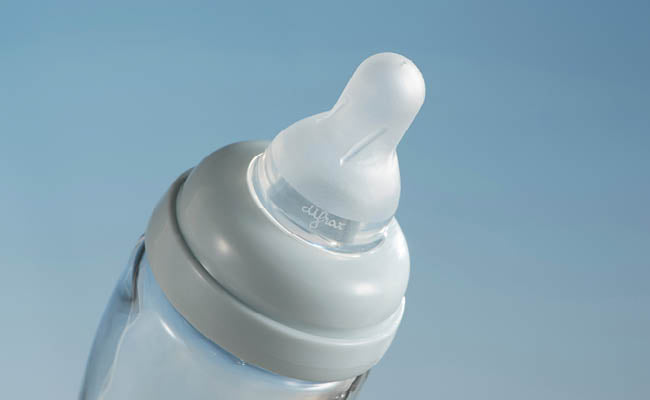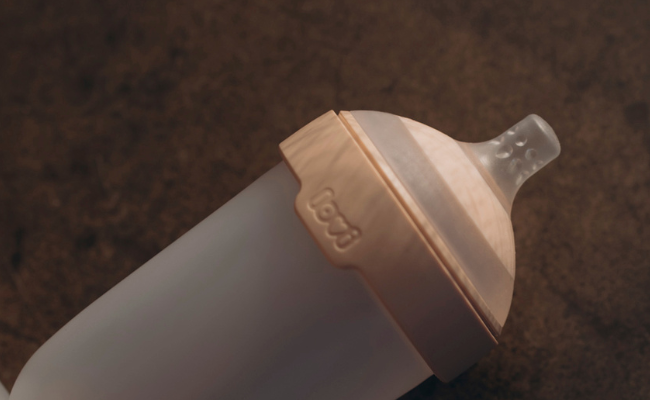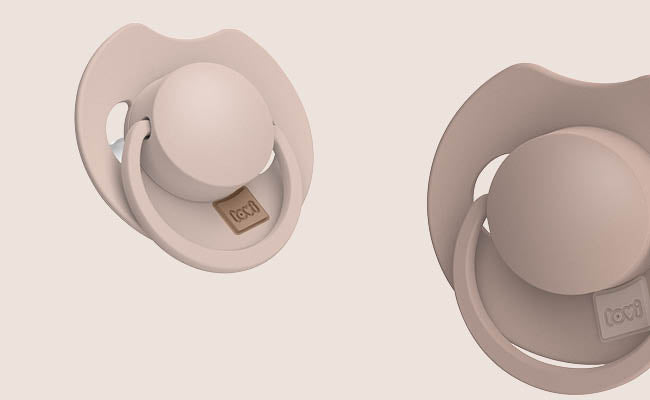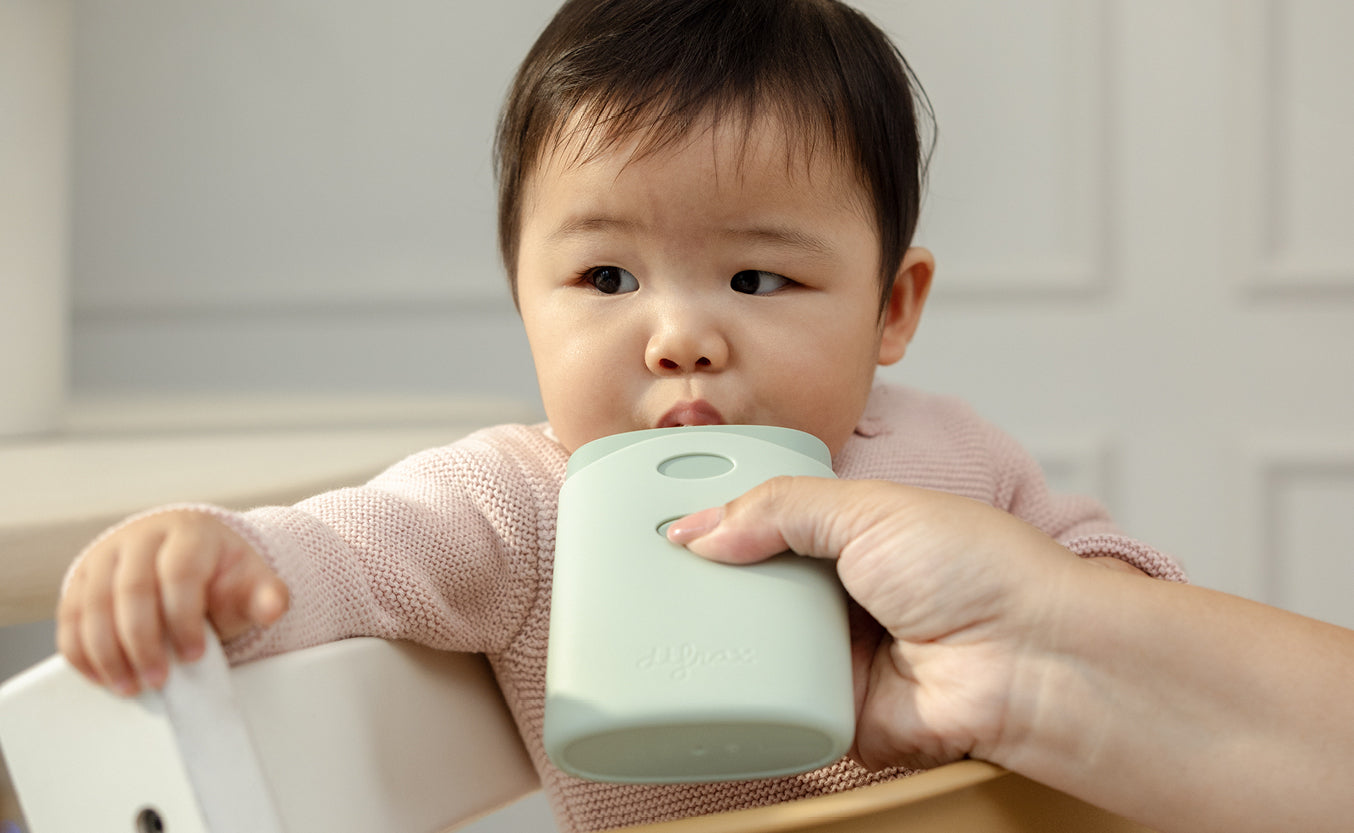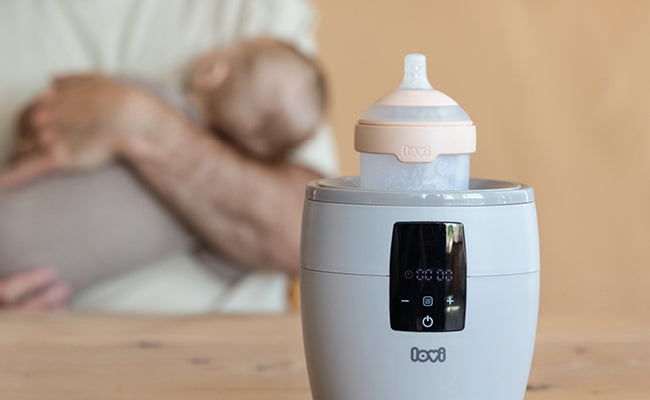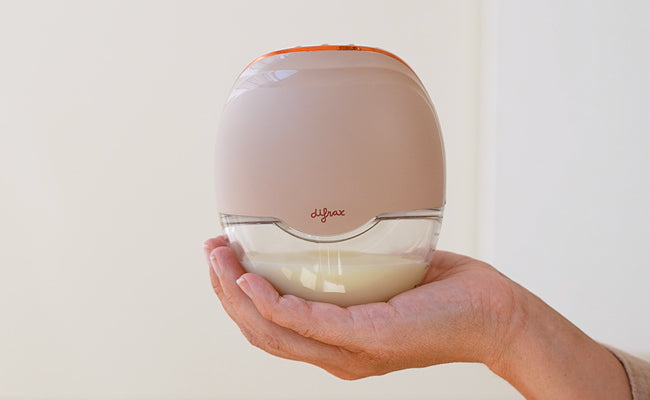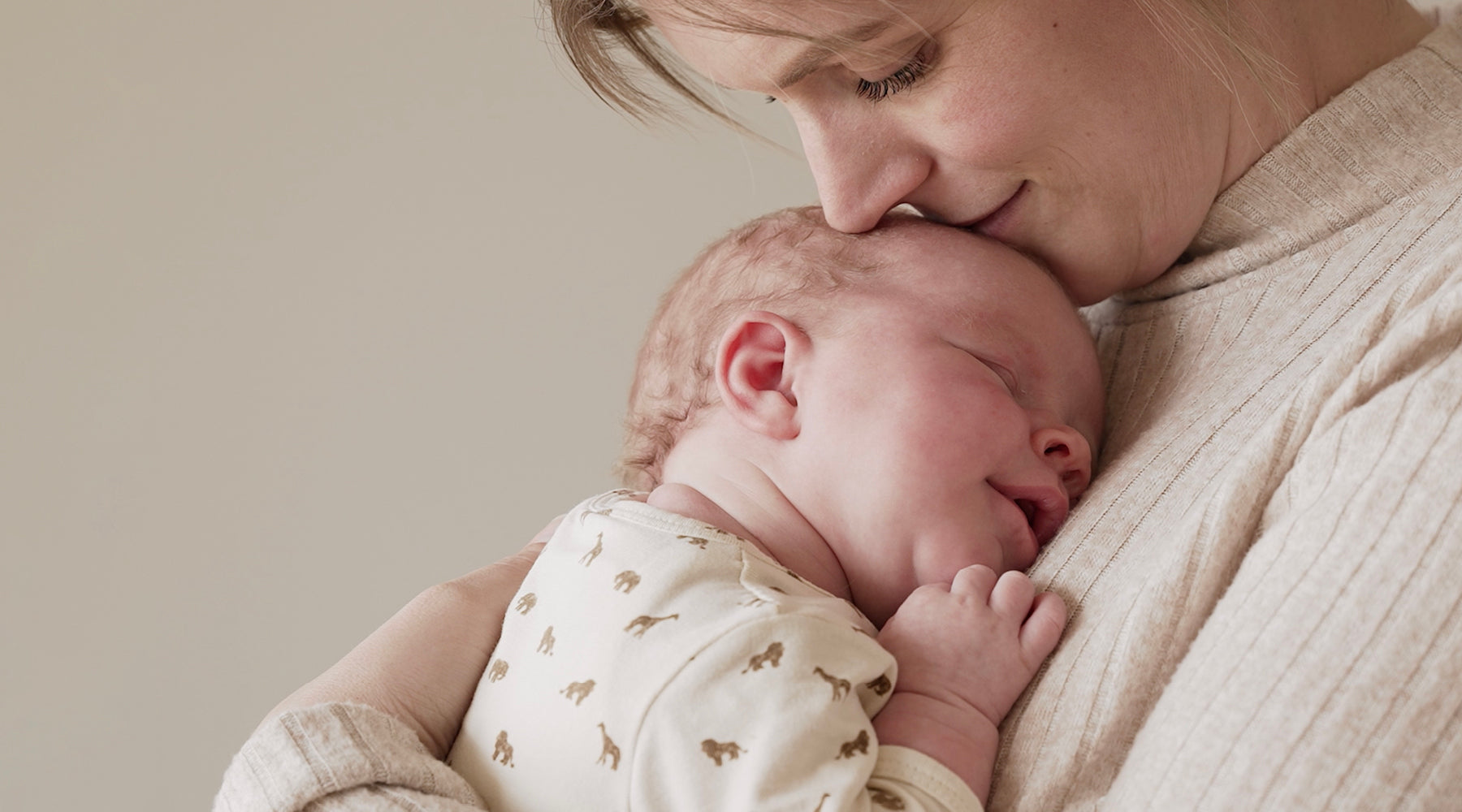
Tips for a worry-free breastfeeding period
Breastfeeding provides the best start for every baby. Unfortunately, many mothers feel they have to stop breastfeeding when they return to work after maternity leave because breastfeeding and pumping are not always as easy as they had hoped. In the 15 years that I worked as a maternity nurse, I helped many women with a worry-free breastfeeding period.
In this blog, (expectant) mothers offer my 6 tips to make it easier to continue breastfeeding.
“I don’t want to feel like I am being milked…”
The main reason for women to stop breastfeeding after the leave period is discomfort while pumping. They often feel like a cow being milked on a farm. Pain is another consideration when thinking about breastfeeding*. But breastfeeding doesn’t have to be difficult. The following tips will help you start breastfeeding with confidence. *source: Blauw Research BL 21065 – June 2016

6 tips for a worry-free breastfeeding period
Tip 1: Get good advice in advance from a professional
The old cliché goes, good preparation is half the work. You may experience a few bumps in the road at first. For example, your baby may be unable to get a drink from you at first. This, for example, can be due to a hospital stay, your breast milk production needs extra stimulation, or your baby needs extra food. It is therefore a good idea to attend a breastfeeding information meeting. These are provided by most hospitals, midwives or lactation consultants.
Go to the meeting with your partner. Even though breastfeeding is something only a woman can do, it can be useful if your partner also understands how breastfeeding works. You will then be able to provide optimal support to each other when the baby is born.

Tip 2: Research the products you need for breastfeeding
According to the latest information from the professionals, it's a good idea to check out for yourself the items you need for breastfeeding. Don't automatically assume that you will be able to use nipple cream or nursing pads. Did you know, for example, that the during your menstrual cycle, the fluctuations in hormone levels can activate your milk glands? This can cause women who are pregnant or breastfeeding to have milk leak from their nipples. Which can happen at inconvenient moments. Nursing pads absorb these droplets and keep your clothes dry. Difrax nursing pads can absorb as much as 100 ml. Plus they are extremely comfortable and invisible thanks to their slimline design. Breastfeeding doesn’t always go as planned. What sometimes occurs is unsuccessful latching on or insufficient milk is produced for your baby. Nipple shields are ideal to use as a temporary aid during breastfeeding. A nipple shield protects sore nipples and helps your baby latch on better. This gives the baby more stability when feeding at the breast. Ask a professional advise you on this.
By being aware of this information, you can make sure you have the right products at the right time and are prepared for whenever your child is born.
You can do this with your partner so you both have a good idea of what you want to purchase. Difrax can help you get started with a handy baby list. Read here what you need for breastfeeding, bottle feeding and baby care.

Tip 3: Relax.
Rest is extremely important for the mother after giving birth. Your body needs to recover; you will be tired; and you will be experiencing many new emotions. Despite all of this, try to relax. Being relaxed has a beneficial effect on milk production and your baby. Think of breastfeeding as quality time with your baby.
Tip 4: Patience is a virtue
Feeding is new for both mother and baby. You have to learn together, and it sometimes takes a few days to master. Patience is important if you want breastfeeding to succeed. Fortunately there is a network of professionals who can provide you with guidance if you feel like you need help. For breastfeeding, this is a lactation consultant. You do not have to have a problem to consult her, you can contact her if you just have a few questions.
Tip 5: Choose a breast pump that is suitable for flexible use and is user-friendly
There is a good chance you will want to start pumping at some point. For example, you may not always be near your baby, but you still want to be able to give full feeds. Or because you need the pump as an aid in the beginning to get your breastfeeding off to a good start. The choice of a breast pump is then an important decision. For example, should you choose a manual or electric breast pump?
The Difrax handsfree breast pump is discreet and silent for optimal support during breastfeeding. The breast pump is portable, wireless and compact in its design. You can express milk discreetly, efficiently and however you like home, work, or on the go. The pump also provides support with the initiation of breastfeeding thanks to its simulation mode.

Tip 6: Prepare for mobility – baby bottle
Of course it is possible to transfer a baby straight from the breast to the cup to get a drink. In practice, it is often more convenient to work with a baby bottle. You can start introducing the baby bottle once your baby is drinking from the breast problem-free. Your baby will need a little time to get used to the new drinking technique, so start practising before you actually go to work or go out for a few days. Most children can combine bottle and breast well when they have been drinking from the breast for approximately 6/8 weeks.
If your child has difficulty with the bottle, let someone else try the first few bottles. For example, dad, grandma or granddad. Some children can find it confusing when their mother gives them a bottle if they have also been drinking from the breast.
See the range of baby bottles here
